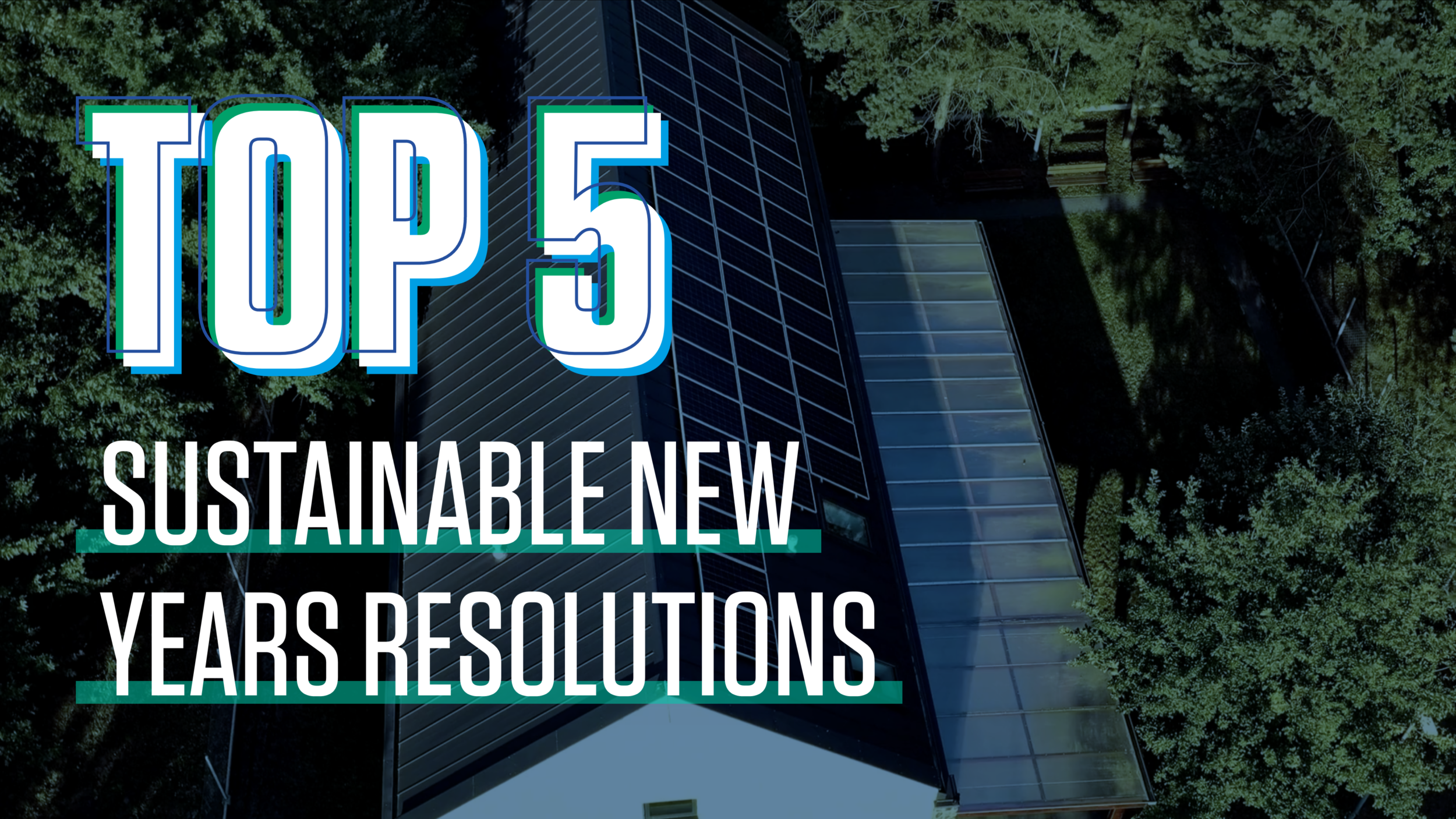One of the more difficult sacrifices an eco-warrior can make is the conservation of heating and air conditioning in the home. In the summer, you’re laying in a pool of your own sweat, in a home that has somehow become hotter than it is outdoors. You have every window open, praying for the slightest cool breeze as you chug ice water like you’ve been lost in the desert for months. In the winter, you have five blankets layered over your robe and sweatpants any time you so much as leave your bed for a warm cup of tea. But it’s for the planet, you tell yourself as you experience no comfort in your own home. Luckily, thanks to modern advancements in eco-friendly geothermal heating and cooling systems, you don’t always need to choose between being green or being greedy.
In this Tomorrow’s World Today adventure, Tamara visits Cadillac Fairview headquarters in Canada to learn about their work with deep water heating and cooling systems. Similar to deep water heating and cooling, geothermal heating and cooling systems are environmentally friendly and energy-efficient.

The Basics
According to the United States Department of Energy, geothermal heating systems are installed in over fifty thousand American homes each year. The definition of geothermal heating is the use of direct geothermal power to heat applications. Many people believe that harnessing geothermal energy is a new piece of technology, but actually, humans have used heat in this way dating all the way back to the Paleolithic Era. Modern technology, however, has made it much more efficient and with expanded capabilities.
Geothermal heating systems are among the most energy-efficient and sustainable systems out there right now. The problem is that the expensive upfront cost of installing a geothermal heating system can be discouraging. Due to their energy efficiency, however, the systems are able to pay for themselves in less than a decade.
These eco-friendly systems are incredibly durable, made from high-quality materials and fusion-welded pipes with a guaranteed life expectancy of five decades. They are also quiet and don’t take up any space within the home since they’re built underground.

What is a Geothermal Heat Pump?
Also known as a ‘ground source heat pump’, a geothermal heat pump is a heating or cooling system that transfers heat to or from the earth. When the weather is cold, the earth is used as a heat source. And when the weather is warmer, heat is transferred into the earth.
The system works by taking advantage of the moderate temperatures that naturally occur within the earth, temperatures which range between 47-75 degrees Fahrenheit. These underground temperatures are naturally much more stable than above-ground temperatures. A heat pump is used to force a heat transfer from the ground by going against the natural direction of flow or by enhancing the natural flow of heat. The heat is moved through the pump by using a loop of refrigerant which is pumped through a vapor-compression refrigeration cycle.

How does Geothermal Heating Work?
The most common method of capturing heat through geothermal heating is through hydrothermal convection systems. This involves cool water seeping into the earth’s crust where it will heat up due to the earth’s natural temperatures. Once the water heats, it will naturally rise to the earth’s surface where it will turn into steam, which is then captured and used to heat buildings or power electric generators.
The use of ground source heat pumps typically involves a tube that runs through the outside, into the ground, and then through a buildings’ ventilation system. More complex versions of this system will also include pumps and compressors that will help maximize the transfer of heat.
Either open or closed-loop systems are the most ideal for residential use. A closed-loop system involves water being pushed through underground pipes, which can either be in a vertical system or twisting over a wide and shallow area. An open-loop system will use a nearby water source to exchange heat.
Some of the top countries that have implemented geothermal heating systems include the United States, China, Sweden, Turkey, Iceland, Japan, Italy, and New Zealand. Geothermal systems can be difficult to install on a small scale, so most implementations of the technology have gone toward powering multiple buildings at once or even entire communities.







